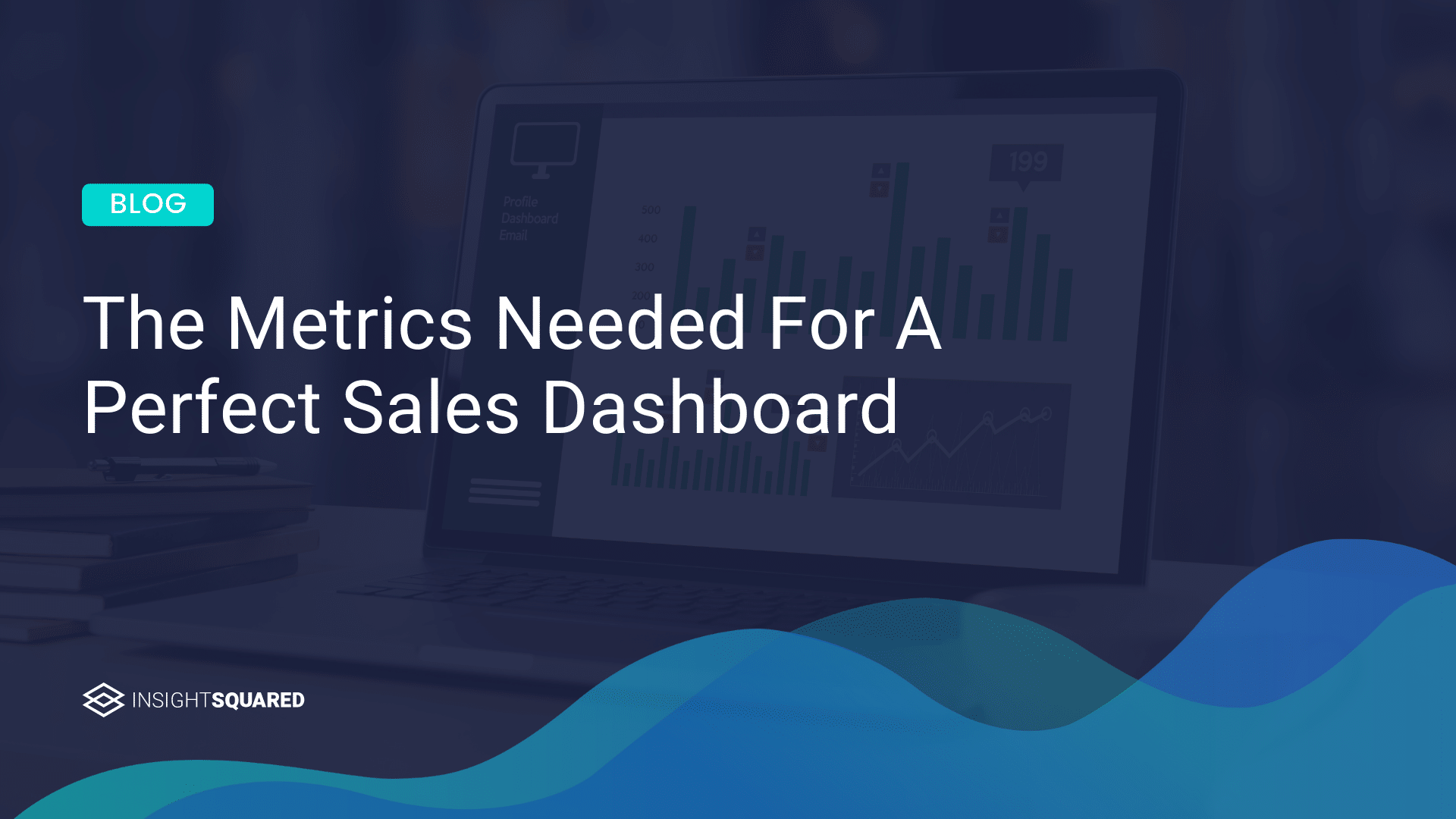Yes, RevOps is a buzzword. You likely heard it a million times over the past year, and will double that within the first quarter of this year. While definitions vary slightly, one thing is consistent: a successful RevOps function isn’t about organizational structure. In fact, across B2B organizations there are a variety of org structures that are reaping the benefits of RevOps.
The truth is RevOps starts with aligning your data, not your functions.
While the title, Director of RevOps is growing at an incredibly fast pace (115% growth from October 2018 – September 2019 according to Dana Therrien, former SiriusDecisions Analyst), creating an organizational structure is only one step–and by far, not the most critical one.
To optimize operations and solve the friction between functions, you need a strong foundation: an end-to-end view of customer experience.
Say goodbye to the “Decade of More”
Over the past decade, we’ve tried to address any and every issue by adding “more”—more tools, more leads, more dashboards, more processes.
At the same time, the B2B sales cycle has become significantly more complex with more touchpoints and more decision-makers in the process. And of course, the buyer now has much more control with more information at their fingertips well before the vendor gets involved.
The increased competitiveness puts even more pressure on B2B vendors to create a seamless customer experience. Any friction during the hand-offs between marketing, sales and customer success puts a deal at risk.
Correlating data with Outcomes
When it comes to improving the customer journey, the key is connecting all the siloed information created during this “decade of more” and using it to accelerate deals, not derail them.
That connection is grounded in data: accurate, timely, detailed activity data that is not just logged, but analyzed and used to guide future decisions.
It’s your data. And it’s valuable. Finally with RevOps, we can put it all to work.
First question. Do you have the data you need? For a majority of companies, the answer is “no”. Most CRMs only have 10% of your activity data, which means only 1 out of 10 calls, emails and meetings are logged. The remaining 90% becomes blindspots in the pipeline, impacting everything from forecasting to coaching to providing a consistent, rewarding customer experience.
If you’ve deployed Activity Capture tools that can automatically log data from the key apps reps already use, congrats, you’re a step ahead.
Companies that eliminate the manual data entry tax not only give reps time back in their day, but they immediately gain a much better understanding of pipeline health because simply put—when companies mandate activity logging they only get a fraction of the deal data and it’s typically out-of-date and biased. Sure it fills the CRM, but it’s not helping anyone close more deals.
Just capturing data is not enough. Ops teams need the right data at the right time to deliver insights and drive process improvements.
The next question. What are you doing with the data? There are sophisticated tools that present your data using beautiful visualizations and dashboards, but those tools aren’t designed to drive process improvements and action. Reaching that milestone will be the key differentiator in this competitive world.
Ops teams must be able to not just see that an email was sent, but understand who was involved, what the response time was, what attachments were included, and how that single step fits into the overall journey. Was it aligned with your sales process? Did it help drive results? Were the right people included? Did the response cadence match typical win patterns or was it an outlier?
Such contextual information is unique to every sales process and provides a consistent tracking system to its progress. Putting activity data into context will help you answer not only the “what to do” but also the “why to do” questions. And that will drive process improvements and optimization.
Status quo isn’t enough to compete in 2020
Your insights are only as good as the actions they drive and the reality is insights without actions equal the status quo.
So how are you turning those insights into actions? And tracking the impact of those actions?
It’s not enough to know the deal’s score or see a trend line (though those are great insights). To maximize your RevOps result, leaders need the ability to drill into every account across the organization at activity level, learn from the past what is working and what is not, and utilize machine learning to apply such findings to future pipeline and adjust decisions (i.e. actions).
If you have this functionality you are well on your way to RevOps success.
As you set your key goals for 2020, focus on the small, fast improvements, rather than deploying the big bang. Prioritize the changes that help you move from a reactive to a proactive mode. Focus on what makes your reps more effective. When you reach a point where you can correlate activities with outcomes, you can suddenly spot outliers and coach reps in-the-moment with best practices. The result is a massive RevOps win: faster deal cycles and higher returns.
Our first webinar of the Ramp to RevOps series provides a detailed walkthrough of the framework to maximize your RevOps results for sales leaders. Catch the replay here, and don’t forget to sign up for the upcoming second installment of the series, 5 Steps to Fuel Your RevOps Evolution.



